In the vibrant tapestry of Indian communication, head movements speak volumes where words sometimes fall short. The famous Indian head wobble—a subtle oscillation somewhere between a nod and a shake—has perplexed foreigners for generations. To the uninitiated, this gesture might seem ambiguous, but within the context of Indian culture, it carries nuanced meanings that shift with context, tone, and even regional variations. Understanding when a wobble means "yes", "no", or something entirely different requires diving into the unspoken rhythms of Indian social etiquette.
The origins of the head wobble are as fluid as the gesture itself. Some anthropologists trace it back to ancient Hindu practices where exaggerated body language complemented spiritual storytelling. Others suggest it evolved as a non-confrontational way to express agreement or hesitation in a collectivist society. Whatever its roots, the wobble has become an organic part of Indian communication—a physical shorthand that conveys attitude as much as intention. Unlike Western binary nods, the Indian head movement operates on a spectrum, where the speed, angle, and accompanying facial expressions alter its meaning entirely.
When does the wobble mean yes? Typically, a gentle side-to-side tilt with a smile indicates agreement or acknowledgment. For instance, when a shopkeeper wobbles their head while handing you change, it signals "all is settled." During conversations, a slow wobble paired with "haan" (yes) reinforces affirmation. However, the same gesture without verbal confirmation might simply mean "I hear you" rather than full endorsement. In southern India, the wobble often leans closer to an enthusiastic nod, especially when punctuated by widened eyes—a silent "of course!"
The no manifests differently. A sharper, more pronounced side tilt with raised eyebrows or pressed lips usually denotes refusal. If a taxi driver abruptly wobbles his head while saying "nahi," it’s a firm rejection. Yet, outright negativity is often softened—the wobble becomes a bridge between politeness and honesty. This is particularly evident in service interactions where outright denial might seem rude. A waiter might wobble while explaining the kitchen is out of biryani, his expression conveying regret alongside the refusal.
Between these poles lies the wobble’s most fascinating function: the maybe. A noncommittal medium-paced wobble, especially with a half-smile, translates to "we’ll see" or "I’m considering it." Parents use this when fielding children’s requests; bureaucrats employ it to avoid definitive answers. This ambiguity isn’t evasion—it’s a social lubricant that maintains harmony. In hierarchical settings like workplaces, subordinates might wobble when unsure if they can disagree with superiors, buying time to formulate a respectful response.
Regional variations add layers to this dance. In Punjab, head movements tend to be more vigorous, almost musical—a nodding "yes" might involve the whole upper body. Contrast this with Tamil Nadu’s subtler tilts, where a slight lift of the chin can imply negation. Kerala’s wobbles often sync with elongated "aaha" sounds to emphasize positivity. Foreigners frequently misread these differences, interpreting Mumbai’s brisk wobbles as impatience or Assam’s slow rolls as disinterest.
The context transforms the gesture entirely. During negotiations, a seller’s rapid wobble after quoting a price signals openness to bargaining, whereas a buyer’s slow wobble might mean "this isn’t working for me." At temples, devotees use deep, deliberate wobbles to show reverence, distinct from everyday usage. Even Bollywood leverages this—watch closely, and you’ll see villains employ stiff, controlled wobbles to convey menace, while romantic leads use fluid motions to express vulnerability.
Modern globalization is reshaping the wobble’s boundaries. In tech hubs like Bangalore, younger generations often couple the gesture with explicit verbal confirmations to avoid cross-cultural misunderstandings. Yet, the essence persists—a uniquely Indian way to navigate complex social dynamics without verbal confrontation. As the country strides into the future, this ancient non-verbal dialect continues to adapt, proving that some conversations are best had without words at all.
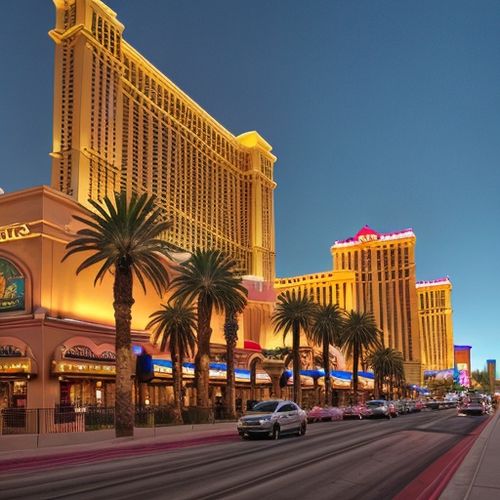
By Samuel Cooper/Apr 15, 2025

By Christopher Harris/Apr 15, 2025

By Eric Ward/Apr 15, 2025

By Noah Bell/Apr 15, 2025
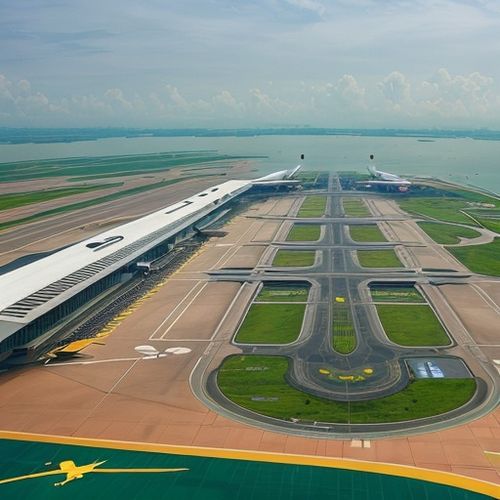
By George Bailey/Apr 15, 2025

By Daniel Scott/Apr 15, 2025

By Elizabeth Taylor/Apr 15, 2025

By Grace Cox/Apr 15, 2025
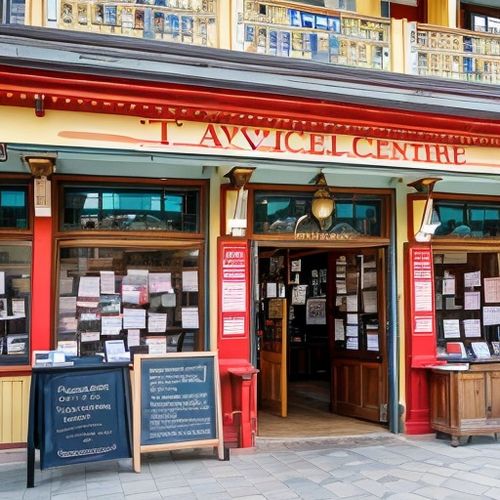
By Jessica Lee/Apr 15, 2025

By Jessica Lee/Apr 15, 2025
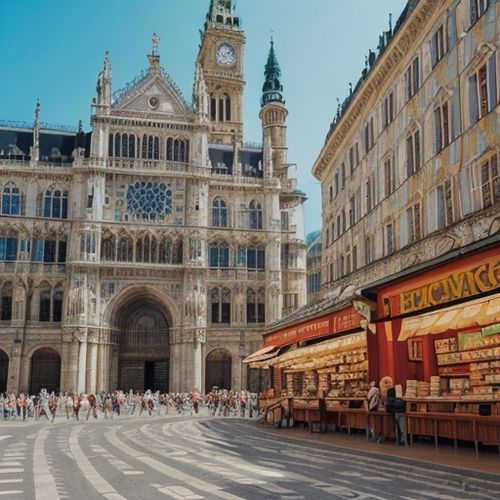
By Ryan Martin/Apr 11, 2025
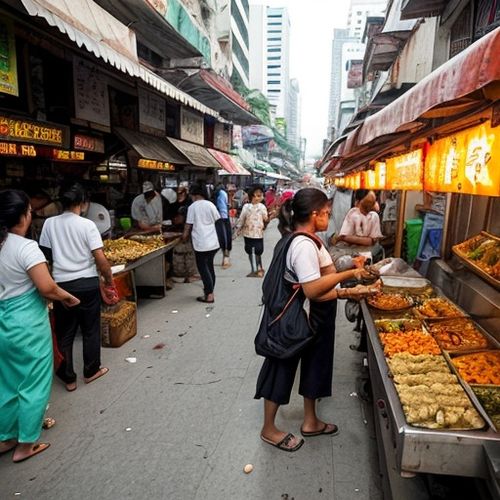
By Victoria Gonzalez/Apr 11, 2025

By Christopher Harris/Apr 11, 2025

By Victoria Gonzalez/Apr 11, 2025
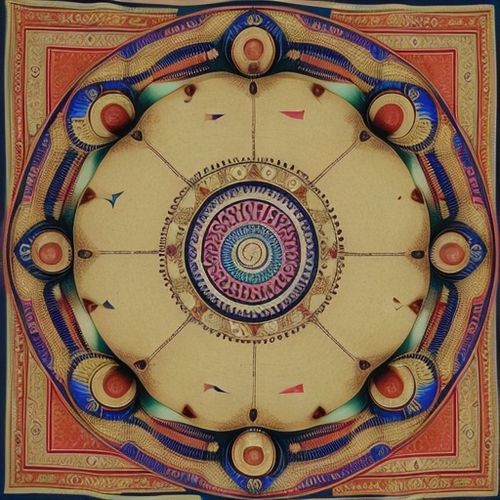
By George Bailey/Apr 11, 2025
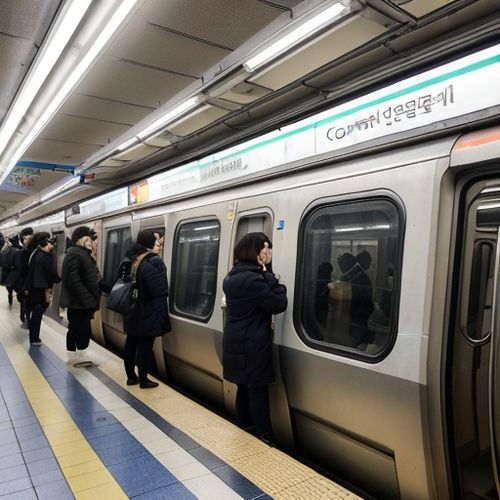
By Megan Clark/Apr 11, 2025

By Natalie Campbell/Apr 11, 2025

By Eric Ward/Apr 11, 2025
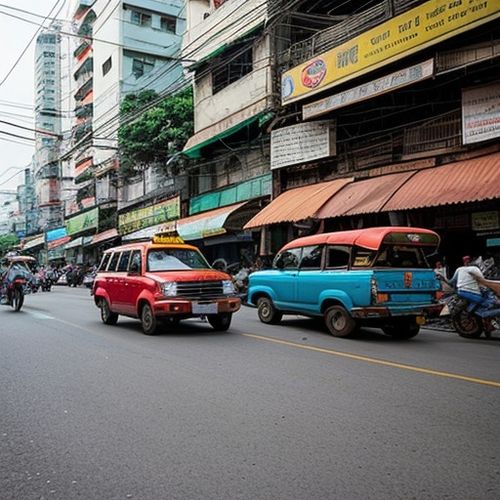
By Benjamin Evans/Apr 11, 2025